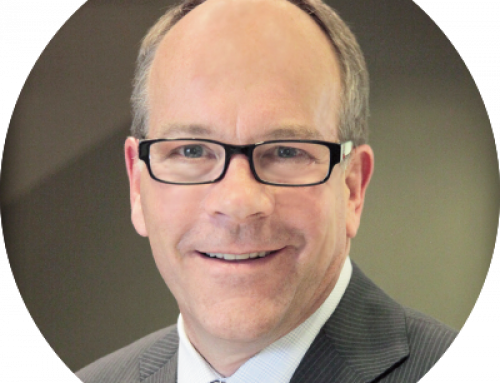Bullish • Government • Markets • Monday Morning Outlook • Fed Reserve • Interest Rates • Stocks
The Federal Reserve has a problem. At 4.1%, the jobless rate is already well below the 4.6% it thinks unemployment would/could/should average over the long run. We think the unemployment rate should get to 3.5% by the end of 2019 and wouldn’t be shocked if it got that low in 2018, either.
Add in extra economic growth from tax cuts and the Fed will be worried that it is “behind the curve.” As a result, we think the Fed will raise rates three times next year, on top of this year’s three rate hikes, counting the almost certain hike this month. And a fourth rate hike in 2018 is still certainly on the table. By contrast, the futures market is only pricing in one or two rate hikes next year – exactly as it did for 2017. In other words, the futures markets are likely to be wrong for the second year in a row.
And as short-term interest rates head higher, we expect long-term interest rates to head up as well. So, get ready, because the bears will seize on this rising rate environment as one more reason for the bull market in stocks to end.
They’ll be wrong again. The bull market, and the US economy, have further to run. Rising rates won’t kill the recovery or bull market anytime in the near future.
Higher interest rates reflect a higher after-tax return to capital, a natural result of cutting taxes on corporate investment via a lower tax rate on corporate profits as well as shifting to full expensing of equipment and away from depreciation for tax purposes.
Lower taxes on capital means business will more aggressively pursue investment opportunities, helping boost economic growth and the demand for labor – leading to more jobs and higher wages. Stronger growth means higher rates.
For a recent example of why higher rates don’t mean the end of the bull market in stocks look no further than 2013. Economic growth accelerated that year, with real GDP growing 2.7% versus 1.3% the year before. Meanwhile, the yield on the 10-year Treasury Note jumped to 3.04% from 1.78%. And during that year the S&P 500 jumped 29.6%, the best calendar year performance since 1997.
This was not a fluke. The 10-year yield rose in 2003 and 2006, by 44 and 32 basis points, respectively. How did the S&P 500 do those years: up 26.4% in 2003, up 13.8% in 2006.
Sure, in theory, if interest rates climb to reflect the risk of rising inflation, without any corresponding increase in real GDP growth, then higher interest rates would not be a good sign for equities. That’d be like the late 1960s through the early 1980s. But with Congress and the president likely to soon agree to major pro-growth changes in the tax code on top of an ongoing shift toward deregulation, we think the growth trend is positive, not negative.
It’s also true that interest on the national debt will rise as well. But federal interest costs relative to both GDP and tax revenue are still hovering near the lowest levels of the past fifty years. As we’ve argued, sensible debt financing that locks in today’s low rates would be prudent. However, it will take many years for higher interest rates to lift the cost of borrowing needed to finance the government back to the levels we saw for much of the 1980s and 1990s. And as we all remember the 80s and 90s were not bad for stocks.
Bottom line: interest rates across the yield curve are headed higher. But, for stocks, it’s just another wall of worry not a signal that the bull market is anywhere near an end.
-Brian Wesbury




